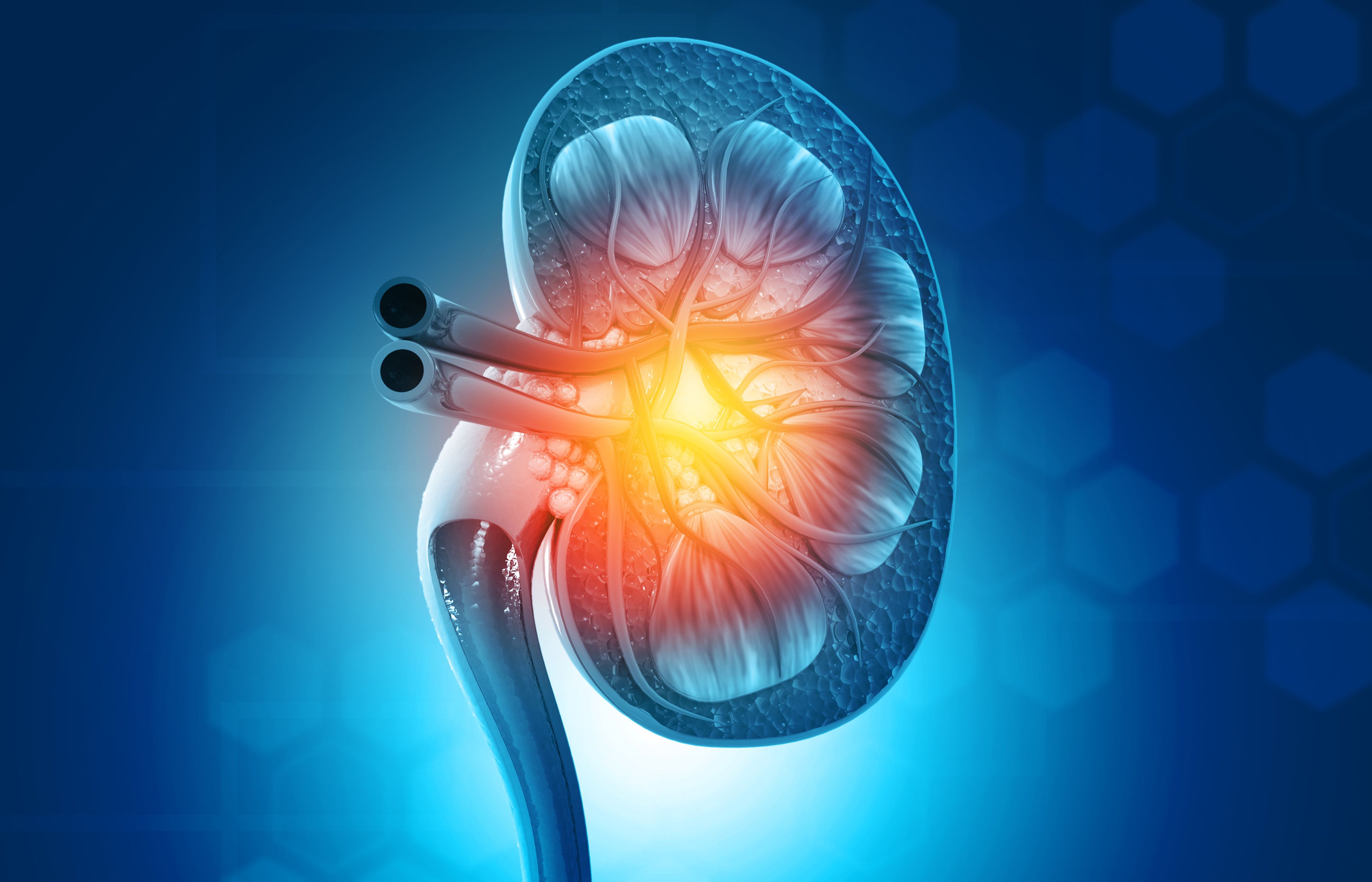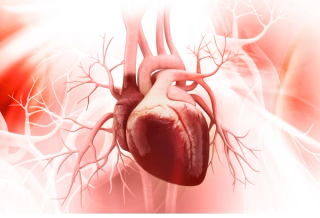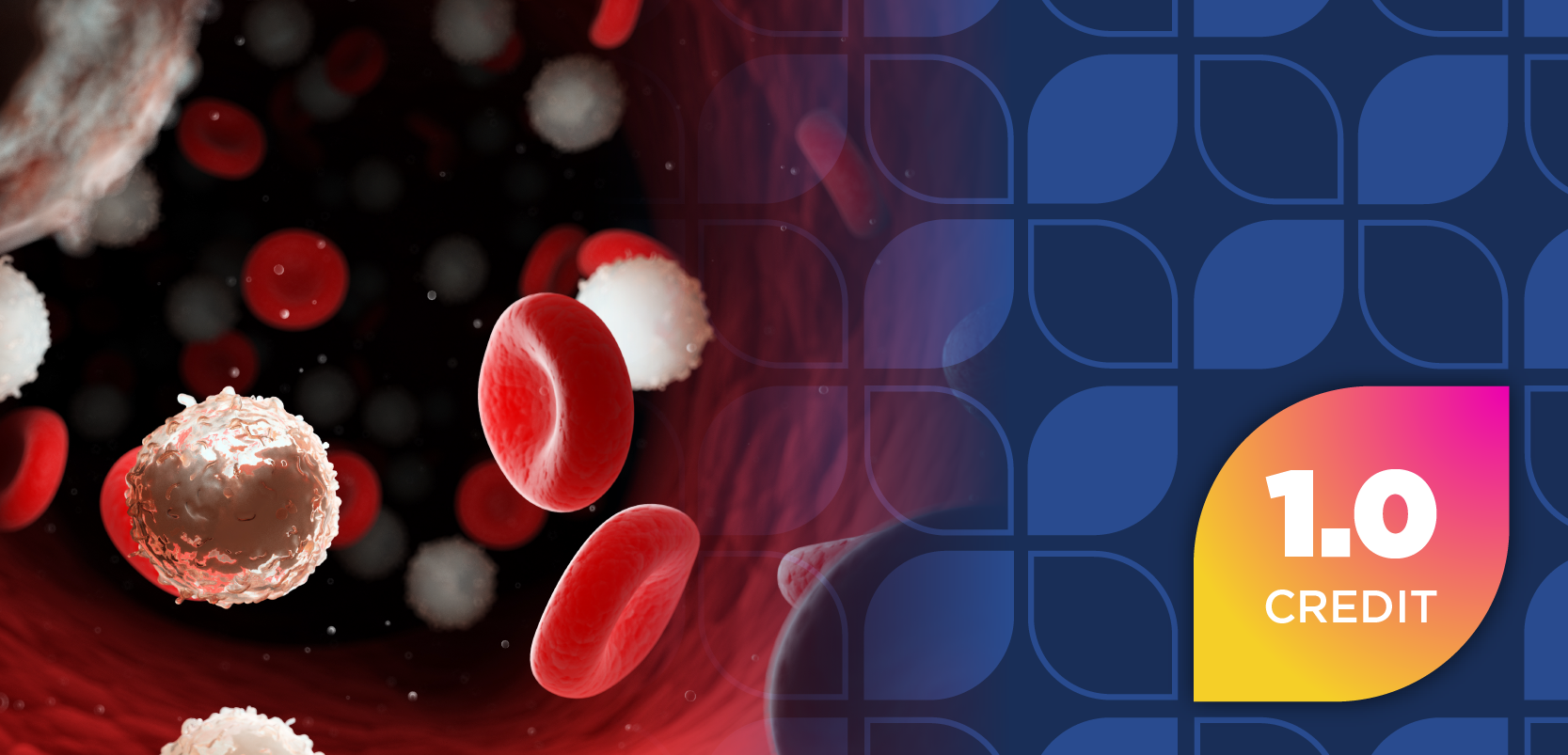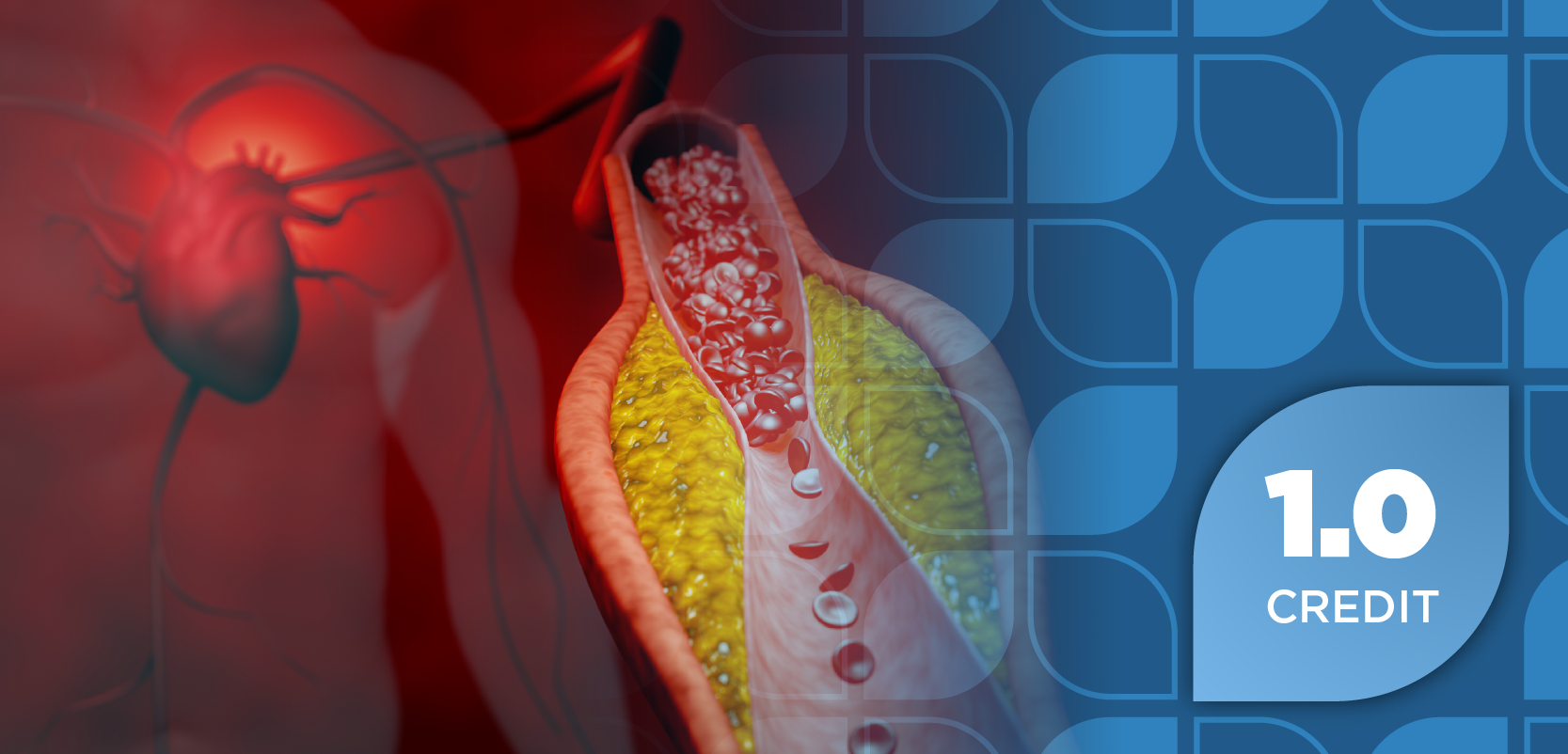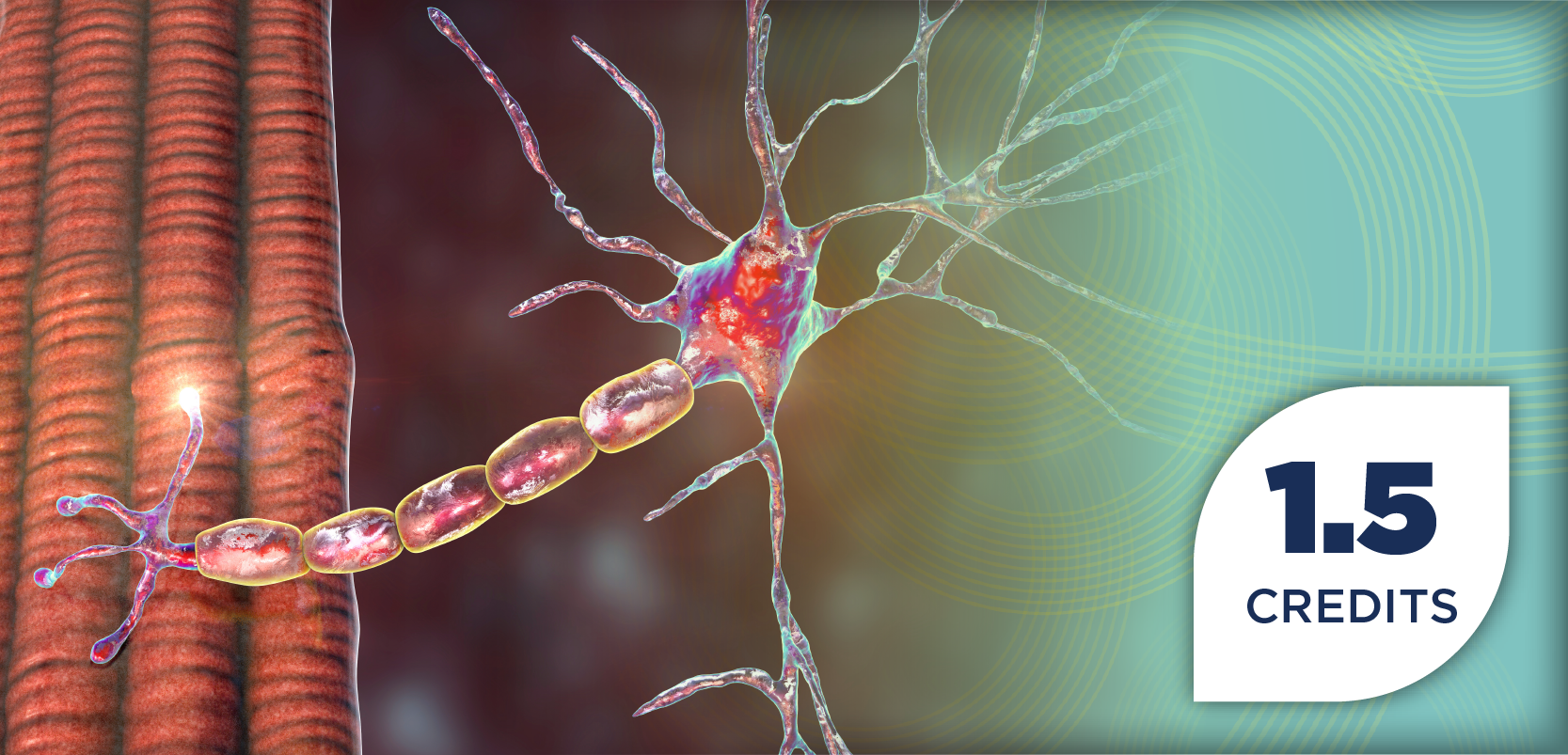
Heart Failure
Latest News
Video Series

Latest Videos
CME Content
More News
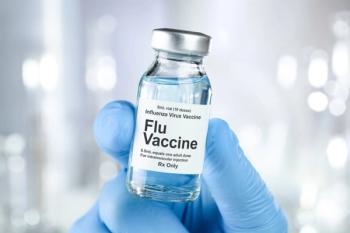
New findings suggest high-dose influenza vaccines offer better protection against the flu and reduce cardiac complications in older adults.

GLP-1 medications like semaglutide and tirzepatide significantly lower heart failure hospitalization risks, expanding treatment options for obesity-related conditions.

Aficamten offers new hope for HCM patients, showing significant clinical benefits and safety in recent trials, enhancing treatment options.
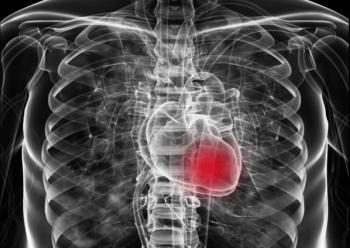
Finerenone plays an emerging role in managing complex heart failure with preserved ejection fraction (HFpEF).

Previously indicated to reduce the risk of end-stage kidney disease, cardiovascular death, and hospitalization for heart failure (HF) in chronic kidney disease, finerenone is now approved for patients with HF directly, offering a new treatment option.

The authors are optimistic that GADD45A serves as a foundation for therapeutic approaches to slow the progression of heart failure.

A new study reveals that heart failure patients with implantable devices are more likely to receive the pneumococcal conjugate vaccine 13, impacting vaccination rates and mortality.

The coronary artery disease (CAD) predictive model help health care professionals tailor personalized treatment methods for patients.

At Baptist Health South Florida, pharmacists are embedded in all areas of cardiovascular care, an expert said.

Patients in the treatment group had a 21% lower risk of cardiovascular death or first heart failure hospitalization overall, but the between-group difference did not meet the threshold for statistical significance for this primary end point.
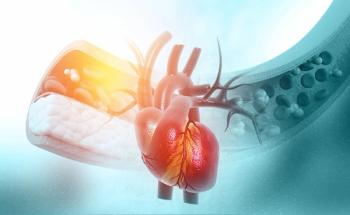
Low-density lipoprotein cholesterol value below 88 mg/dL was associated with heightened mortality, highlighting the need for more liberal cholesterol targets in this population.

The innovative neonatal cardiac progenitor cell therapy is designed to repair heart tissue in patients with heart failure with preserved ejection fraction (HFpEF).

This subset of heart failure requires unique therapeutic considerations.

Vutrisiran becomes the first and only therapeutic FDA-approved to treat cardiomyopathy of wild-type or hereditary transthyretin-mediated amyloidosis (ATTR-CM) in adults.

Pharmacists can optimize management of this condition with intravenous iron therapy guidance.

The new indication would include adults with heart failure with a left ventricular ejection fraction (LVEF) of 40% or higher, such as mildly reduced or preserved LVEF.

If approved, vutrisiran would be the first FDA-approved therapy to treat both the polyneuropathy and cardiomyopathy aspects of transthyretin amyloidosis (ATTR).

Pharmacists also educate, advocate, and ensure patients with heart failure with reduced ejection fraction (HFrEF) and anemia are receiving the appropriate regimens.

Compared with other indicators of cardiovascular risk, the ratio of non-high-density lipoprotein cholesterol (HDL-C) to normal HDL-C had a stronger association with the risk of hypertension and heart disease.

The initiative will provide information about care models for specialists and clinical teams to improve patient outcomes in heart failure.

Duchenne muscular dystrophy is an incurable neuromuscular disorder that can lead to cardiomyopathy, resulting in heart failure.

The pumps can now be used to treat pediatric patients who have symptomatic acute decompensated heart failure and cardiogenic shock.

Within the Veterans Health Administration System, primary care pharmacists are embedded in primary care panels and work alongside primary care physicians and nurses to optimize medication management for patients.
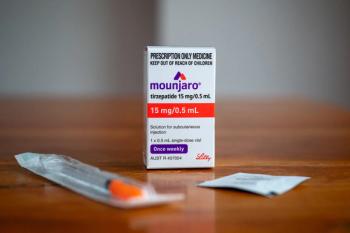
This is the first trial that tested the effect of any medication on major heart failure outcomes in patients with HFpEF and obesity, according to investigators.

These therapies represent an encouraging advancement in cardiovascular care.





